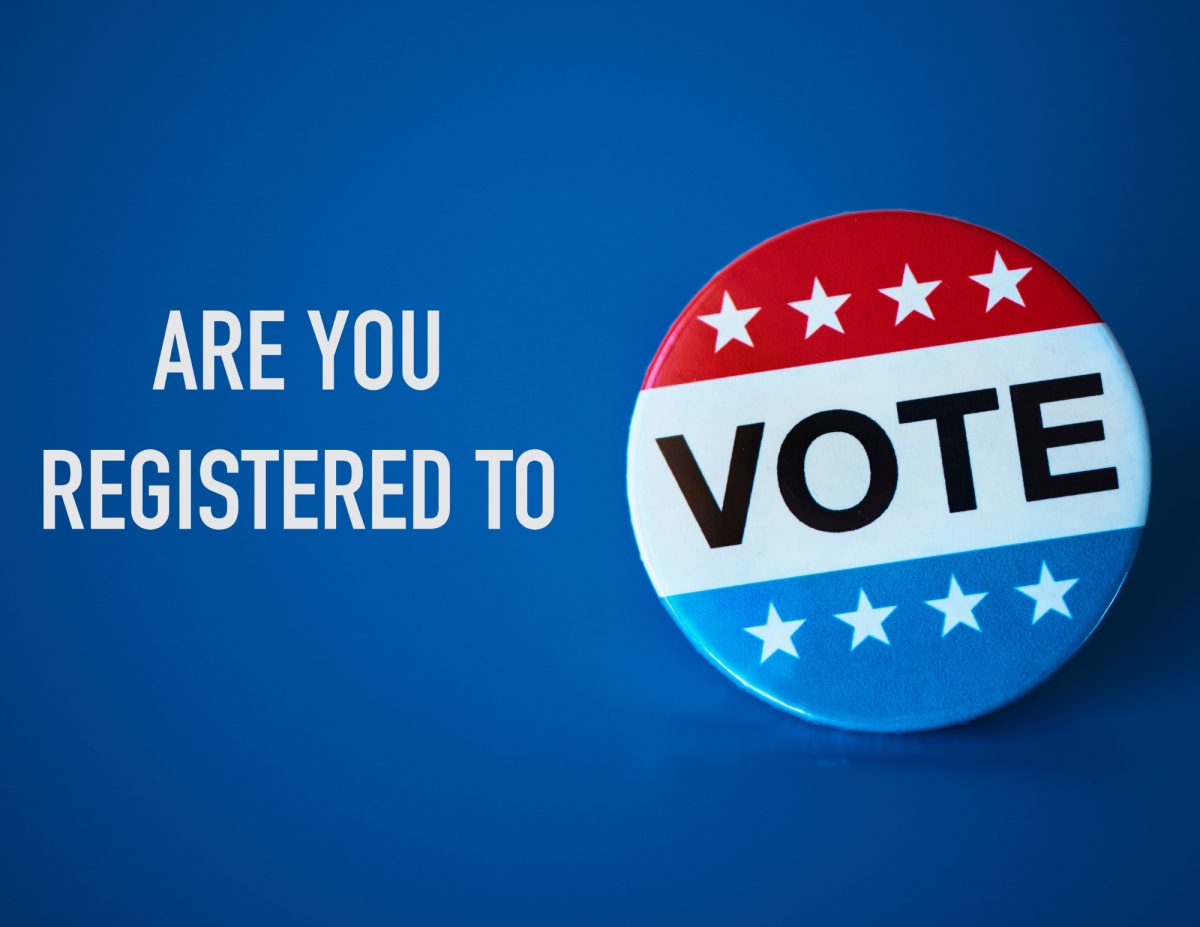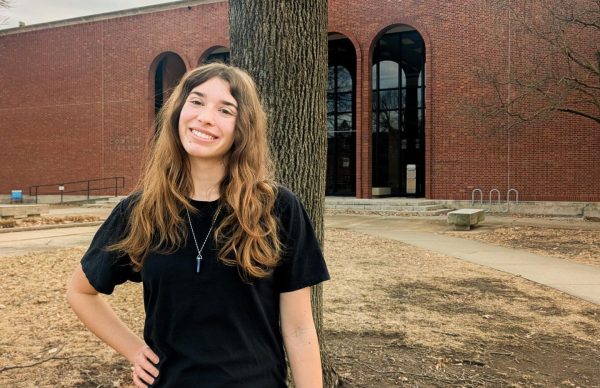Voting has been a hot topic for many in the United States as Election Day draws closer. The issues and views that motivate people to vote have taken center stage in this election cycle, especially in the wake of President Joe Biden’s historic decision to step down as the Democratic candidate, leaving shoes that would ultimately be filled by current Vice President Kamala Harris.
The two-party system has remained the dominant model in American democracy for the past several years, but satisfaction with it has been trending downward. While people are generally expected to vote for either a Democrat or Republican, the reality of how Americans politically identify and how they decide who to vote for is far more varied, and this variation impacts voting patterns. It is important to note that for over a decade, more than 40% of American adults have identified as independent, according to Gallup. So where do independent and third-party voters come in? How do they decide who to vote for during presidential elections?
“Pope Francis came out recently stating that you kind of are in the position of choosing the lesser of two evils, and I think that that’s a really fascinating position for us to be in as far as deciding what issues are most important to us,” said Lindsay Gilbert, an adjunct professor at Drake and a registered independent. “I think those issues will end up being the deciding factor in the election.”
Gilbert, who knows multiple other people who identify or are registered as independent, explained that while some independents might not feel a strong connection to either person or party, they vote based on what specific issues matter the most to them at the time of each election. Since an independent voter’s main concerns can change or evolve over time, having a good understanding of the candidates and their politics helps them decide which candidate to lean toward.
“I think most of us independent voters really base our votes on the issues, and we have to choose what issues are most important to us when we’re choosing the candidate,” Gilbert said. “It’s really important that we dig a little bit deeper and don’t just stay with that surface level of what we’re exposed to, and get to know the candidates and where they actually stand.”
Despite the persistent dominance of the two-party system, a portion of the voting population will still vote for a third-party candidate if said candidate is featured on their ballot. In presidential elections, third-party candidates don’t get as many votes or receive as much attention, but many still see them as options due to their dissatisfaction with the current system.
A third-party voter might not want to vote for either of the two main options because they don’t identify with the party or approve of the person. Just like major-party voters, those who vote for a third-party candidate contribute to democracy by voting according to the issues they care deeply about, but their candidates usually don’t have the same likelihood of winning or even appearing on the ballot, and that cycle is hard to break.
Adrien Halliez, an assistant professor of American politics at Drake, shared his thoughts on the role of third-party voters in the upcoming election and why it’s so hard to break from the two-party system.
“Right now, third parties [are] close to 3%, [with] Libertarian and Greens being the main ones,” Halliez said. “It’s paradoxical, because the support for a third party in the United States is over 50%. We’re seeing polls that show that about 70% of people would like a third party to be in contention.”
Halliez explained that despite this high percentage of support for having a third option, those who want it don’t want the same third party, which prevents voters from having a middle option.
“It’s difficult to see [third party support] emerging, even in the next election cycle,” Halliez said. “You have to have a break within the main two parties. That can be progressive versus liberal break on the Democratic side, [or it] can be a Trump versus traditional conservative break on the Republican side.”
Indecision and limited options are not the only barriers between people and the ballot box. Voter registration laws, gerrymandering and personal motivation are also issues that affect voting patterns in the U.S., often depending on where people live.
Michael Mitchell, a senior studying strategic political communication and current chair of Drake Democrats, shared his thoughts on why some people don’t vote at all or find voting difficult.
“There’s just always some people who might think that maybe their vote doesn’t matter, which I don’t think is [true],” Mitchell said. “No matter what, your vote matters.”
People might feel like their vote doesn’t matter if their party or candidate does not listen to them or take certain issues seriously. “Say you’re a one-issue voter, and the party that you normally vote for [isn’t] talking about that issue or they [change] their stance on it. You might end up not voting,” Mitchell said.
Mitchell also pointed out that the logistics of voting add challenges. For example, the voting time in Iowa used to be 7 a.m. to 9 p.m. but is now from 7 a.m. to 8 p.m., giving people less time in the day to vote in person.
According to Mitchell, the Drake Democrats, College Republicans and Civic Engagement Office are all dedicated to increasing voter participation, regardless of how people choose to vote.
“Our main goal is to make sure people are registered and voting no matter their political party,” Mitchell said, “We want people to be engaged and pay attention to the deadlines. You’re still able to register in person on the day of the election in Iowa. It’s just easier if you do it beforehand, but you still do have that option. There will be early voting on campus.”
Halliez also acknowledged what people should keep in mind to motivate themselves to participate and make the process easier.
“You can look at absentee ballots, you can look at in-person voting versus early voting, you can look at voter ID laws, which is a big thing right now,” Halliez said. “Specifically, we’re still seeing electoral shifts in terms of the rules right now, which is the latest we’ve seen in history.”
Deciding who to vote for is already an important decision, but voters also decide who they want to vote against.
“One big thing that we’re seeing is negative voting, [which is] being driven to vote just because you dislike the other side so much that you don’t want to pass the opportunity to vote against them,” Halliez said. “You’re not here to vote positively [for] your candidate, you’re more interested in making sure that you’re not going to get the other candidate in power, which is not necessarily what you would like in a democracy, but it’s something that we need to bear in mind.”
According to Mitchell, the Drake Democrats, College Republicans and Civic Engagement Office are all dedicated to increasing voter participation, regardless of how people choose to vote.
Furthermore, Mitchell shared his thoughts on how Americans can combat their voting indecision so they won’t abstain from voting.
“Be strategic with your vote, because you are able to vote either at home or here at Drake. You have until the 21st [of] October to register,” Mitchell said. “Look at that sample ballot and research those candidates. Look at multiple sources, and figure out who aligns most with you.”








